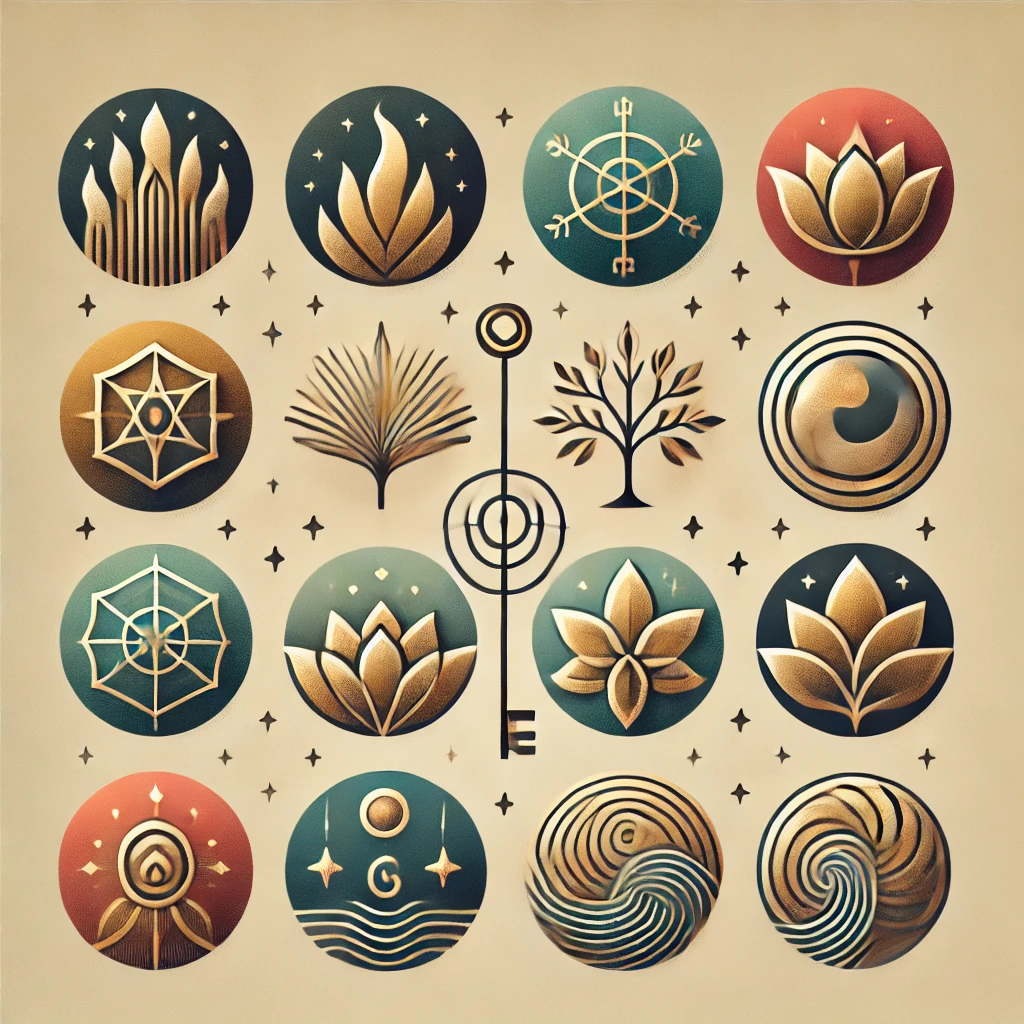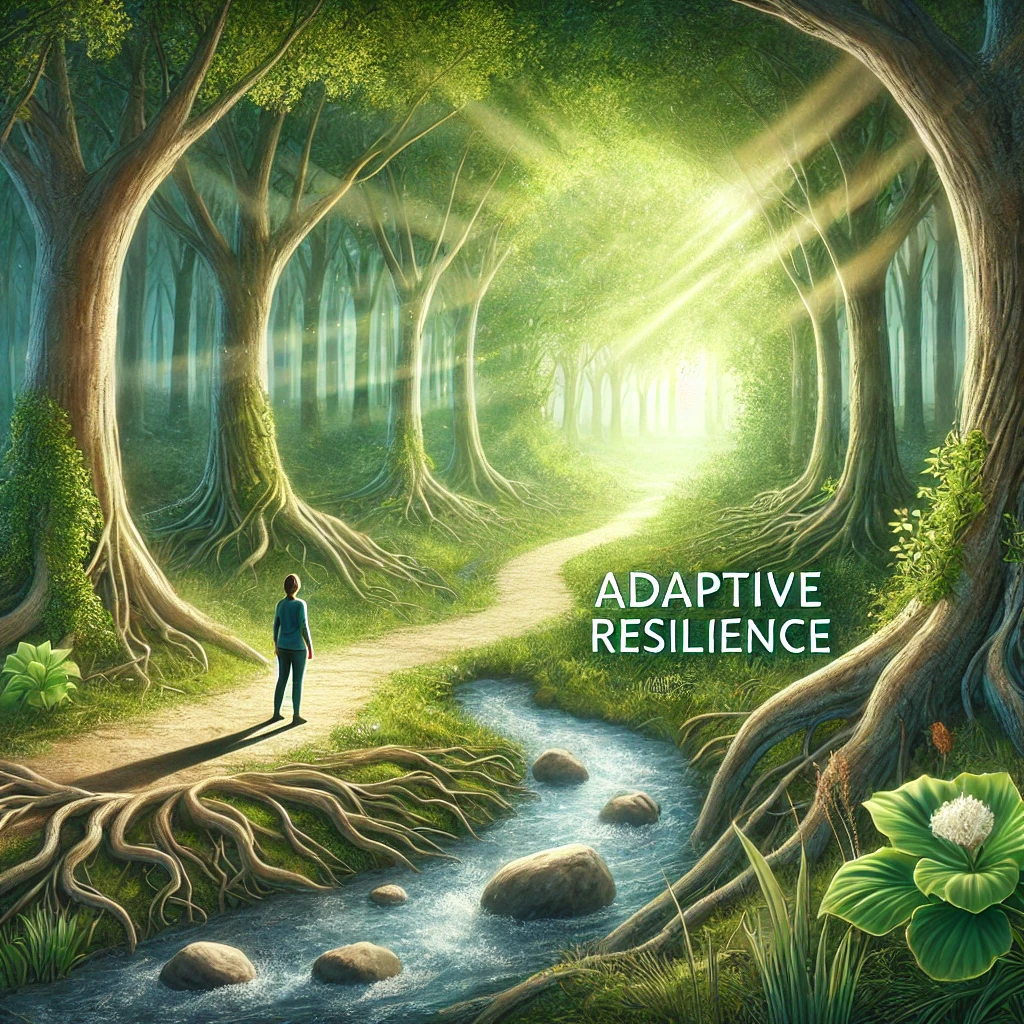As September unfolds, the Northern Hemisphere begins its gentle transition from the vibrant warmth of summer to the crisp, colourful embrace of autumn. The days grow shorter, the air carries a subtle chill, and nature puts on a spectacular show of changing colours. This is the perfect time to reconnect with the outdoors, embracing the beauty and tranquillity of the season. Here’s how you can make the most of nature during this magical time of year.
1. Witness the Transformation of the Foliage
One of the most iconic aspects of autumn is the transformation of the leaves. As chlorophyll production slows down, leaves turn brilliant shades of red, orange, yellow, and even purple. To truly appreciate this natural wonder, take a scenic drive, hike, or simply stroll through a nearby park or forest. Even local parks can offer a stunning display. Remember to bring a camera to capture the beauty, or simply let the colours soak into your memory.
2. Explore Local Trails and Parks
September is an ideal time for hiking and walking. The cooler temperatures make outdoor activities more comfortable, and the changing landscape provides a constantly evolving backdrop for your adventures. Whether you’re an experienced hiker or a casual walker, there are trails suited for every level. Research local footpaths, trails or parks, pack a light backpack with water and snacks, and set out on an adventure. If you’re lucky, you might spot wildlife preparing for the winter, like squirrels gathering acorns or birds migrating south.
3. Harvest the Bounty of Autumn
September marks the beginning of the harvest season, making it a perfect time to visit local farms and orchards. Apple picking is a quintessential autumn activity, offering the chance to gather fresh produce while enjoying the outdoors. After your harvest, try your hand at making homemade apple pies, cider, or roasted pumpkin seeds. The flavours of autumn are rich and comforting, perfect for cozy evenings at home.
4. Camp Under the Stars
Camping in September offers a unique experience. The cool nights are perfect for cosying up around a campfire, roasting marshmallows, and gazing at the stars. Without the intense heat of summer or the biting cold of winter, autumn camping strikes the perfect balance. Consider locations that offer a good mix of natural beauty and amenities, like state or national parks. Whether you prefer a tent, a camper, or even a cosy cabin, spending a night in nature can be incredibly rejuvenating.
5. Go Bird Watching
As many bird species begin their migration south whilst others venture north, September provides excellent opportunities for bird watching. Grab a pair of binoculars and visit local wetlands, forests, or open fields. You’ll likely see a variety of species, from warblers and finches to larger birds like hawks and geese. Bird watching is a peaceful activity that connects you with the rhythms of nature. Keep a journal of the species you spot or bring a field guide to learn more about the birds’ habits and habitats.
6. Photograph the Season
For photography enthusiasts, autumn is a dream come true. The soft, golden light of September mornings and afternoons is perfect for capturing the rich colours and textures of the season. Whether you’re using a professional camera or a smartphone, take the time to explore different angles and compositions. Capture the details—like a single leaf on the ground, dew on a spider web, or the play of light through the trees. You might also experiment with capturing the same scene at different times of day to see how the changing light transforms it.
7. Take Time for Reflection and Mindfulness
Autumn, with its emphasis on change and transition, is a natural time for reflection. Find a quiet spot in nature—perhaps a bench overlooking a pond, a secluded meadow, or a riverside trail—and spend some time in mindful contemplation. Listen to the rustle of leaves, feel the cool breeze on your skin, and simply be present in the moment. This can be a powerful way to reconnect with yourself and the natural world, providing a sense of peace and grounding as the year begins to wind down.
8. Engage in Autumn Crafts
The natural materials available in September make it a great time for outdoor crafting. Collect fallen leaves, acorns, pinecones, and other items to create wreaths, centrepieces, or decorations. These crafts not only bring the beauty of nature into your home but also provide a tactile way to engage with the season. If you have children, this can be a fun and educational activity to do together, teaching them about the changing seasons and the natural world around them.
9. Attend Local Festivals
Many communities host festivals in September, celebrating the harvest, local crafts, and the changing seasons. These festivals often include outdoor activities like live music, and farmers’ markets, providing a perfect opportunity to enjoy the season with family and friends. Check your local event listings for upcoming festivals and make a day of it by exploring the vendors, tasting seasonal foods, and participating in traditional autumn games and activities.
10. Practice Conservation and Give Back to Nature
As you enjoy the beauty of the outdoors, consider ways to give back to nature. September is an excellent time to participate in conservation efforts like planting trees, cleaning up local trails or parks, or joining a community garden. Many organisations host volunteer events, focusing on preparing natural areas for the winter months. Your efforts will help preserve the beauty of autumn for future generations and deepen your connection to the environment.
Conclusion
September in the Northern Hemisphere is a time of unparalleled beauty and opportunity. The transition to autumn invites us to slow down, savour the moment, and reconnect with nature. Whether you’re exploring local trails, harvesting seasonal produce, or simply enjoying the changing colours, there’s no shortage of ways to make the most of this season. So, bundle up, step outside, and let the wonders of autumn enrich your soul.
If you enjoyed this article, check out the earlier ones in the series:
How to Align with Nature’s Rhythms for a more Purposeful Life
How to Embrace the Energies of Autumn










